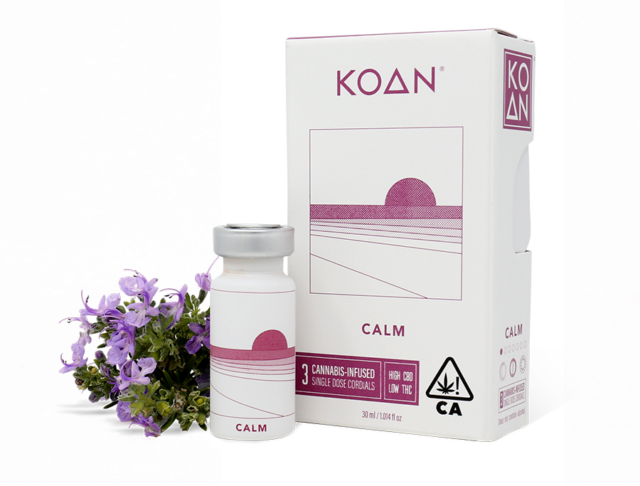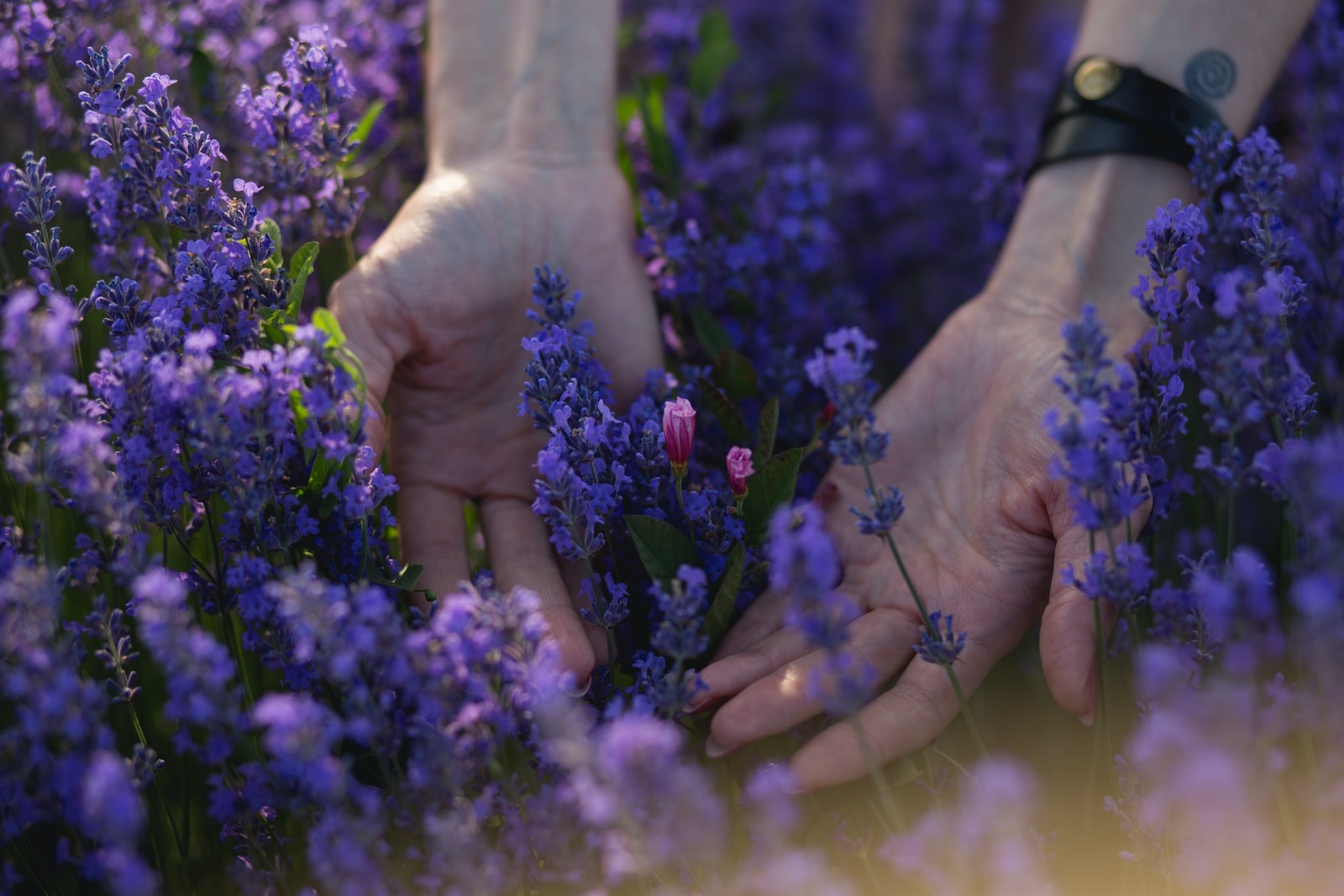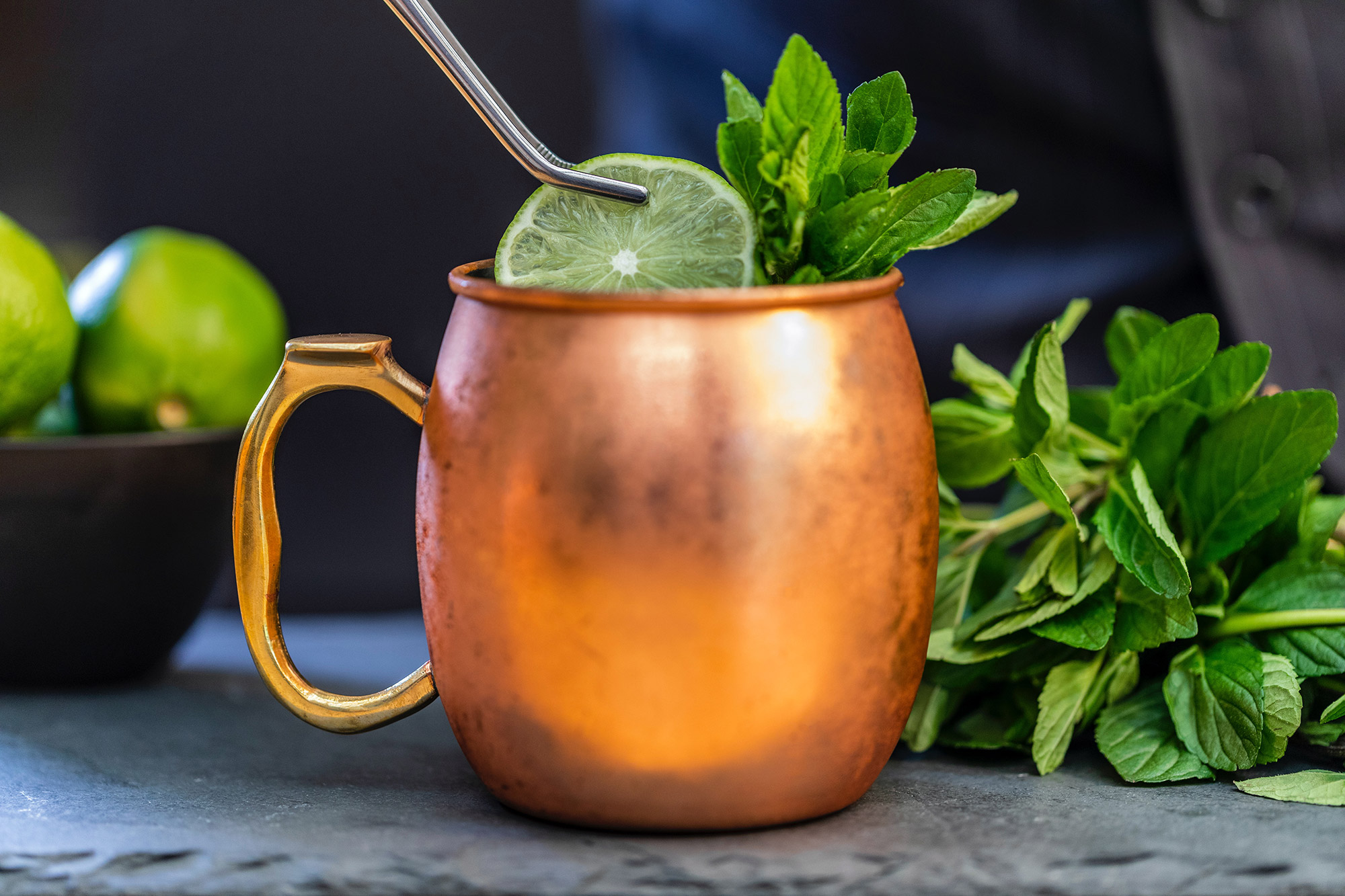Strains for Anxiety – Sativa or Indica and Does it Matter?

Anxiety in America
Based on data from the National Alliance on Mental Illness (NAMI), there are more than 40 million US adults who suffer from an anxiety disorder. That is nearly 20% of the entire US adult population. Unlike other disorders that may present themselves with more concrete symptoms, anxiety disorders can be difficult to identify, diagnose, and treat because of the various ways in which they can manifest.
Anxiety disorders are typically categorized into five major “sub-categories”. The Department of Health and Human Services (HHS) identify these sub-categories as Social Anxiety Disorder (SAD), Obsessive-Compulsive Disorder (OCD), Generalized Anxiety Disorder (GAD), Panic Disorder, and Post-Traumatic Stress Disorder (PTSD). In addition to the various classifications that anxiety disorders can take, the complexity of identifying a patient’s specific type(s) of anxiety disorder is further amplified by the medical community’s limited understanding of many neurological aspects of this widespread disorder.
Often times, this leaves those suffering from anxiety disorders feeling hopeless, resulting in their symptoms left undiagnosed and untreated. As more research becomes available and with the increased awareness of the importance of mental health, more people than ever before are seeking medical advice and treatment for anxiety disorders instead of just accepting their symptoms as a difficult point in their life. For many, cannabis has become a potentially viable tool used in hopes of alleviating some anxiety symptoms. Although anecdotal, there are countless stories from cannabis users who report improvement of anxiety disorder related symptoms. A 2017 survey published in the Annals of Internal Medicine reported that of 9,003 US adults surveyed, 46.8% believed that “relief from stress, anxiety, or depression” [3] was a benefit of cannabis. This percentage nearly doubled, jumping to 87.5% when only respondents who had consumed cannabis within the past year were asked the same question.
More Than Just a Name?
If you’ve ventured into a legal cannabis dispensary, there’s a good chance that a budtender has asked you if there is a certain strain that you’re looking for or recommended a strain based on your desired effects. Eccentric strain names have become commonplace in cannabis vernacular, pop culture, and for many cannabis users. However, as the cannabis industry continues to mature, we’ve had to take a step back and question the validity and consistency of seemingly random names that cannabis strains are given and more importantly, if not the name, then what about various cannabis strains cause different effects. Unfortunately, figuring out if cannabis may provide the relief you’re looking for isn’t as simple as asking the budtender at your local licensed dispensary for a sativa or indica strain.
Don’t Judge a Book by the Cover…or a Strain by the Name
When your budtender recommends cannabis strains like “Green Crack” or “Amnesia Haze”, it is easy to let your imagination run wild with the possibilities of how those strains may affect you. However, this mindset, for the most part, is the result of industry marketing.
Sure, at some point in the past, when each strain was being bred, there were probably situations where someone consumed the product and decided on a colloquial name that was based on how that strain affected them. This doesn’t mean that you will necessarily experience the same effects.
The problem with using colloquial strain names to choose your cannabis is largely due to genetic drift and plant inconsistency. Genetic drift can occur during the growing and pollination stages of the cannabis plant. Once a cannabis plant reaches reproductive maturity, it begins the process of pollination, and this is the point when genetic drift is most likely to occur. For example, if a cannabis grower is cultivating various strains in relatively close quarters, the pollen from one variety will likely make its way to another variety that is being grown at the same — or nearby — location. This being said, most mass-production facilities grow their cannabis from clones, which is a trimming that is propagated from another plant (referred to as the mother). While genetic drift from cross-pollination is not really an issue for cloned plants, they do run the risk of genetic degradation as the mother plant ages. Regardless if a cannabis plant is grown as a clone or not, environmental variations like soil composition, light exposure, climate, etc., are all factors that ultimately play a role in an individual plant’s chemical composition.
Over time, this will result in an unintentional hybridization of the various strains that cross-pollinate. If we consider this on the scale of large commercial growers with thousands of plants, it is easier to see how this can muddy strain genetics over time. Unfortunately, there isn’t an easy solution to preventing cross-pollination at the commercial level as studies show cannabis pollen can travel well over 10 miles. This means that even if a farmer only plants a single variety of cannabis in their field, a different farmer who has cannabis fields several miles away, may end up with in unintentional cross-pollination, ultimately changing the genetics of a cannabis variety — something that a colloquial strain name doesn’t reveal. There’s even published studies that further support the anecdotal claims of unpredictability in cannabis strains.
So, what causes the various effects of different cannabis varieties? As you’ve always been told, it is what’s on the inside that counts. Cannabinoid and terpene composition are the two primary components responsible for the different experiences.
Does THC and CBD Content Play a Role in Anxiety?
Most likely! That said, we can’t definitively say that cannabinoids like THC and CBD play a role until more research is published around the subject. Fortunately for cannabis consumers, further understanding how THC and CBD may affect anxiety is a topic that scientists are racing to unravel.
Current research and anecdotal reports show a promising potential around the ability for cannabinoids like CBD and CBG to alleviate certain symptoms associated with anxiety disorders. This is a complex mystery to sort out because not only does current data point to the presence of cannabinoids like THC and CBD likely having an impact, but the ratio of these cannabinoids also appears to make a difference as well. Additionally, some studies report that higher THC varieties can potentially induce anxiety.
Terpenes and Anxiety
In addition to the role that cannabinoids may play in anxiety, another primary constituent of the cannabis plant, terpenes, may prove to be equally important in how a product affects the user. Terpenes are found in not only cannabis, but most other plants as well. They’re most often associated with the aroma that a plant, cannabis included, produces. Each cannabis variety has a unique terpene profile. If you’ve wondered what makes different cannabis products produce unique scents, terpenes are the primary cause. As more data becomes available, scientists are discovering that terpenes may also provide potential health benefits as well, including anti-anxiety or “anxiolytic” effects.
Best Strains for Anxiety
As we mentioned, a strain name is largely colloquial, but they can be useful as a starting point to finding a cannabis product with the cannabinoid and terpene compositions that are right for you. It is important to ask your budtender for a copy of the certificate of analysis (COA) for your cannabis product’s specific batch. In most cases, this will provide you with the lab results outlining the cannabinoid and, if you’re lucky, the terpene content of your product. That’s because although cannabis products in California test for cannabinoid content, they don’t always test for terpene composition. In other words, our strain suggestions are not based solely on the name, but the primary terpene found in that strain. If the COA for your product doesn’t show a presence of the terpene or cannabinoid that you’re looking for, you may want to search for another product that does.
- Wedding Cake – This strain tends to maintain a high D-limonene content. Studies show that when mice were exposed to this terpene and placed in a maze, they expressed anti-anxiety like effects compared to control mice.
- Ice Cream Cake – A variety that typically boasts a high beta-caryophyllene composition. This compound is reported to be the most abundant terpene found in cannabis. Studies as recent as 2020 have expressed the potential for this terpene to play a future role in anxiety therapy, but additional research is warranted.
- Zkittlez – This popular cannabis strain is widely known for its linalool content. The terpene linalool is often recognized by its lavender aroma. Researchers have reported that mice exposed to linalool aromas for 30 minutes display “significant anxiolytic [anti-anxiety] effects.” [10] Hopefully, as further studies are conducted, we will better understand how this terpene affects symptoms of anxiety in humans.
The issue that cannabis consumers face when selecting a product is that you never really know what you’re getting with flower and some extracts given the large quantity of variables at play. Of course, a batch specific COA can help cut through some of the fog, but there remains the possibility for variation and/or the terpene data has not been tested for at all.
Isn’t There a More Consistent Approach?
For those who rely on cannabis for relief of medical conditions or even those who simply desire a consistent, repeatable, and predictable experience, the use of most cannabis products can result in more frustration than satisfaction, given the potential for a wide variation of a cannabis product’s natural composition. Fortunately for these consumers, there are some new solutions available that help take the guesswork out of cannabis.

Products like Koan Cordials provide users with the ability to precisely dose their cannabis intake. Koan Cordials, which are conveniently available for home delivery in California, are produced in a manner that removes the inconsistency from using cannabis. Koan Cordials have made cannabis use a convenient, predictable, and repeatable experience — a feat that requires a degree of luck with many other cannabis products. Available in a sundry of cannabinoid and terpene compositions which are easily discoverable on every package and online, Koan offers numerous product blends tailored to the weekday microdoser all the way to the enlightened and adventurous recreational consumer.
While on the subject of anxiety, we would be remiss in not highlighting the Koan Calm Cordial. This blend is a great starting point for someone experimenting with cannabis for potential anxiety relief. Not only is Calm precisely dosed with a high CBD:THC ratio, but it is also formulated with anxiety-targeting terpenes like linalool, beta-caryophyllene, alpha-bisabolol, and limonene to potentially facilitate anti-anxiety effects.
This article is for informational purposes only and not to be used as medical advice. Please speak with a medical professional before making any changes to your diet, medications, or daily routine. These statements have not been evaluated by the FDA. These products are not intended to diagnose, treat, cure, or prevent any disease.
References:
- https://www.nami.org/About-Mental-Illness/Mental-Health-Conditions/Anxiety-Disorders#:~:text=Over%2040%20million%20adults%20in,develop%20symptoms%20before%20age%2021.
- https://www.hhs.gov/answers/mental-health-and-substance-abuse/what-are-the-five-major-types-of-anxiety-disorders/index.html
- https://www.ncbi.nlm.nih.gov/pmc/articles/PMC6157909/
- https://www.healthupp.com/why-you-should-buy-your-thc-and-cbd-products-at-a-licensed-dispensary/
- https://www.canr.msu.edu/news/weighing-the-risk-of-cannabis-cross-pollination#:~:text=Industry%20experts%20recommend%20a%20minimum,increasing%20distance%20from%20the%20source.
- https://koan.life/post/cbd-thc-ratios-for-anxiety-does-it-matter/
- https://koan.life/post/best-terpenes-for-anxiety/
- https://pubmed.ncbi.nlm.nih.gov/22995322/
- https://journals.sagepub.com/doi/full/10.1177/1934578X20962229
- https://www.ncbi.nlm.nih.gov/pmc/articles/PMC6206409/
- https://jcannabisresearch.biomedcentral.com/articles/10.1186/s42238-019-0001-1#Sec9



